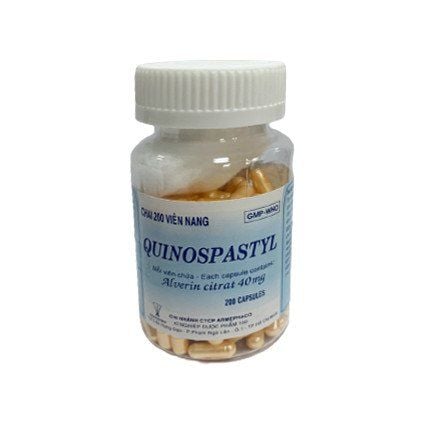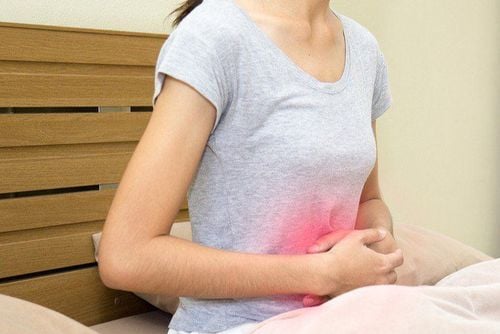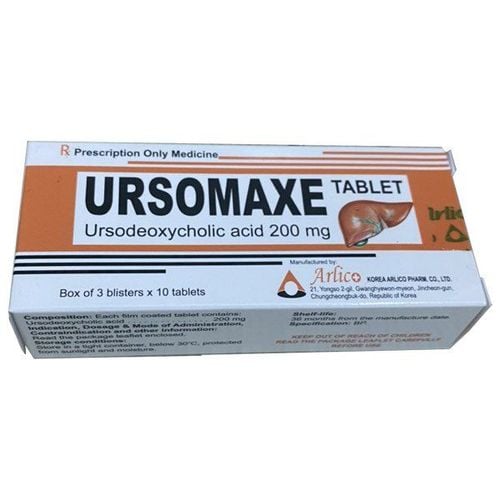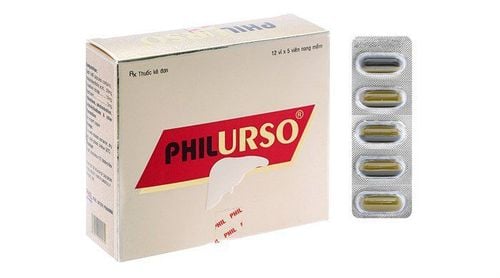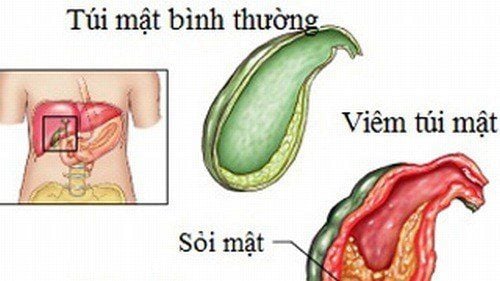This is an automatically translated article.
Posted by Dr. Do Minh Hung - Head of General Surgery Department, Vinmec Central Park International General Hospital.Common bile duct stones (bile duct stones) are the presence of stones in the main bile duct outside the liver. The main extrahepatic bile ducts include the right and left hepatic ducts, the common hepatic duct, and the common bile duct.
1. What are common bile duct stones?
Choledocholithiasis is the presence of at least one gallstone in the extrahepatic main biliary tract. Stones can be made up of bile pigments or calcium and cholesterol salts.2. What are the symptoms of common bile duct stones?
Usually, stones do not cause symptoms unless there is a biliary obstruction. Symptoms may include:
Abdominal pain above the navel or below the right flank for at least 30 minutes. The pain may be constant or throbbing, intense or vague. Fever, which is considered a sign of cholangitis. Jaundice of the skin and eyes, pale stools, dark urine (more common in common bile duct stones than in liver stones) Loss of appetite Nausea and vomiting
3. What are the causes of common bile duct stones?
About 15% of patients with gallstones will have bile duct stones due to stones falling from the gallbladder. However, the majority of gallstones in Vietnam are primary stones and 70-80% are brown pigment stones (a mixture of bile pigment and bile lipids).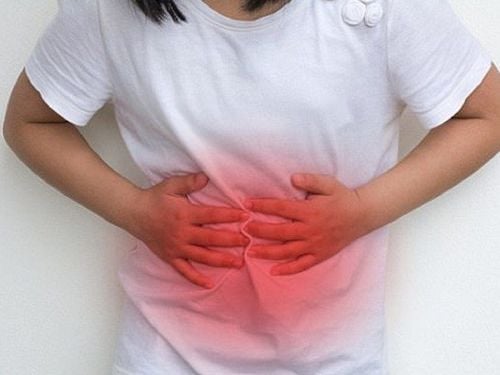
Cơn đau bụng vùng dưới sườn bên phải trong ít nhất 30 phút là dấu hiệu cảnh báo bệnh sỏi ống mật chủ.
4. What are the risk factors for common bile duct stones?
People with a history of gallstones, gallbladder disease are at risk for common bile duct stones. Even people who have had their gallbladder removed are at risk for bile duct stones.
Some risk factors for gallstones can be improved through lifestyle changes. The following factors increase the chance of developing gallstones:
Obesity Low in fiber, high in calories, high in fat diet Pregnancy Prolonged fasting Rapid weight loss Lack of physical activity Risk factors Chances you can't change include:
Age: older adults are more likely to get gallstones Gender: women are more likely to get gallstones Ethnicity: Indians and Mexican-Americans are at risk for gallstones gallbladder is higher. Common bile duct stones are more common in Asian countries Family history: genetics may play a role
5. What are the complications of common bile duct stones?
Complications of common bile duct stones may include:
Cholangitis, pyelonephritis, biliary peritonitis Cholestatic cirrhosis Pancreatitis
6. How are common bile duct stones diagnosed?
Tests to identify stones and the location of gallstones include:
Abdominal ultrasound CT scan of the abdomen Endoscopic retrograde cholangiopancreatography (ERCP) Endoscopic ultrasound Magnetic resonance cholangiopancreatography (MRCP) Transhepatic cholangiography percutaneous (PTC)

Siêu âm bụng giúp chẩn đoán sỏi ống mật chủ
Tests to assess infection status, liver - pancreas function:
Bilirubin Blood count (CBC) Liver function test Pancreatic enzymes
7. How to treat common bile duct stones?
The goal of treatment is to relieve the blockage. Treatment may include:
Removal of stones. Common bile duct stones can be removed through ERCP, laparoscopically, or open surgery. Cholecystectomy and stone removal by laparoscopic or open surgery in the case of common bile duct stones with gallstones Other methods:
Extracorporeal lithotripsy: rarely performed today due to failure rate and high complications. Temporary biliary drainage with stents.
8. How to prevent common bile duct stones?
Lifestyle changes such as moderate physical activity and dietary changes (increasing fiber and reducing saturated fat) can reduce the likelihood of gallstones forming, which in turn may reduce the risk of duct stones. secret in the future.9. What is the prognosis like?
The blockage and inflammation caused by stones in the biliary tract can be life-threatening. Most results are good, if the disease is detected and treated early. However, biliary stone disease in Vietnam is often combined with intrahepatic gallstones, making the treatment more difficult and complicated. Therefore, see your doctor right away if you have:
Abdominal pain, fever, or no known cause Jaundice yellowing of the eyes Other symptoms of common bile duct stones
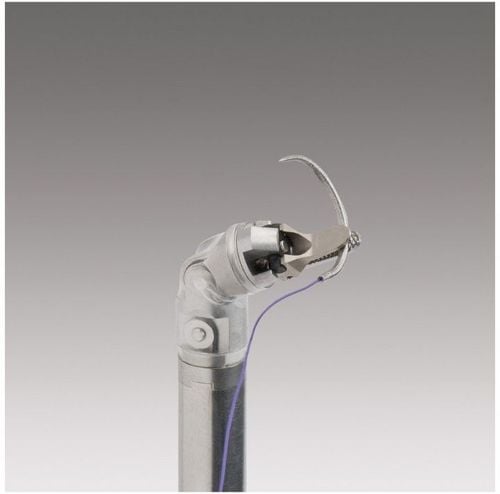
Dụng cụ Phẫu thuật ít xâm lấn có đầu phẫu thuật hoạt động linh hoạt như khớp cổ tay giúp tiếp cận được những góc hẹp




